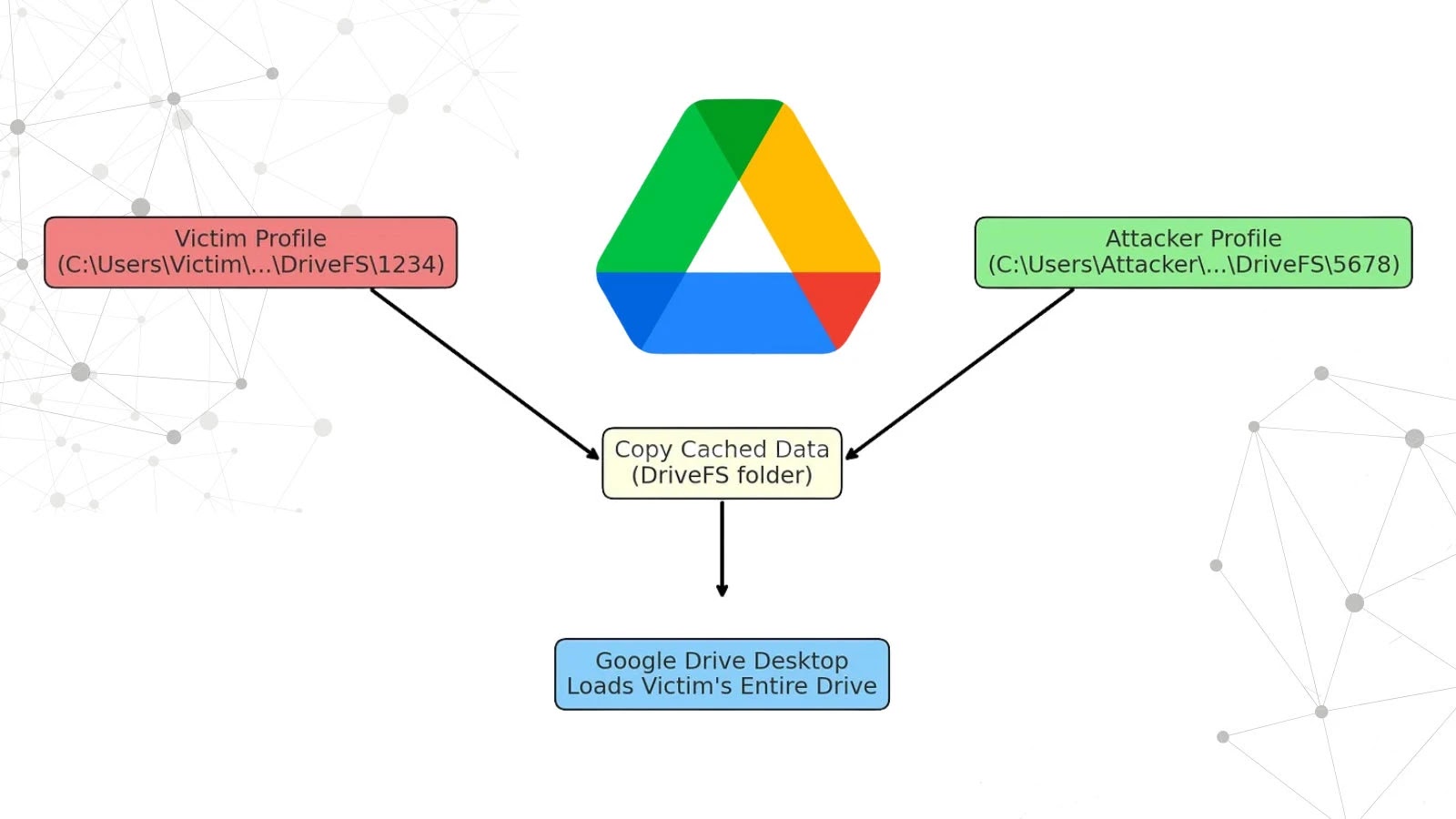A significant security flaw has been identified in ESPHome’s web server component, potentially compromising thousands of smart home devices. This vulnerability, cataloged as CVE-2025-57808 with a CVSS score of 8.1, affects ESPHome version 2025.8.0 and allows unauthorized access by bypassing basic authentication mechanisms on devices utilizing the ESP-IDF platform.
Understanding the Vulnerability
The root of this issue lies in a logic error within the HTTP basic authentication process of ESPHome’s `web_server_idf` component. Specifically, the function `AsyncWebServerRequest::authenticate` fails to validate the complete credential string. Instead, it only compares bytes up to the length of the client-supplied authorization value. This oversight introduces two primary attack vectors:
1. Empty Authorization Headers: Attackers can gain full access by sending a request with an `Authorization: Basic` header followed by an empty string. This method requires no prior knowledge of valid usernames or passwords, making it particularly dangerous for network-adjacent attackers.
2. Partial Password Matches: The flawed authentication check accepts partial password matches. An attacker who discovers even a substring of the correct password can successfully authenticate, further compromising device security.
Technical Exploitation
The vulnerability’s technical foundation is the improper string comparison logic that processes base64-encoded credentials. For instance, if a device is configured with credentials like `user:somereallylongpass` (encoded as `dXNlcjpzb21lcmVhbGx5bG9uZ3Bhc3M=`), the flawed authentication check would accept shorter strings such as `dXNlcjpz` (representing `user:s`) as valid credentials.
Exploiting this vulnerability requires minimal technical expertise. Attackers can use simple curl commands to demonstrate the flaw:
“`
curl -D- -H ‘Authorization: Basic ‘ http://target.local/
“`
This command bypasses authentication entirely, returning HTTP 200 responses instead of the expected 401 Unauthorized status.
Implications for Smart Home Security
The implications of this vulnerability are profound. Unauthorized access to smart home devices can lead to:
– Privacy Invasion: Attackers can monitor and control devices, leading to potential breaches of personal privacy.
– Device Manipulation: Malicious actors can alter device settings, disable functionalities, or even render devices inoperable.
– Network Compromise: Gaining control over one device can serve as a foothold for attackers to infiltrate the broader home network, accessing other connected devices and sensitive information.
Mitigation and Recommendations
ESPHome has addressed this critical flaw in version 2025.8.1 by implementing proper credential validation that compares complete authorization strings rather than partial matches. Users are strongly advised to:
1. Update Immediately: Upgrade to ESPHome version 2025.8.1 or later to patch the vulnerability.
2. Review Device Configurations: Ensure that all devices are configured with strong, unique passwords and that default credentials have been changed.
3. Monitor Network Activity: Regularly check for unusual network traffic or unauthorized access attempts to identify potential security breaches promptly.
4. Implement Network Segmentation: Isolate smart home devices on a separate network segment to limit potential exposure in case of a compromise.
Conclusion
The discovery of CVE-2025-57808 underscores the importance of rigorous security practices in the development and maintenance of smart home technologies. As the adoption of connected devices continues to rise, ensuring robust authentication mechanisms and prompt vulnerability management is crucial to safeguarding user privacy and device integrity.



